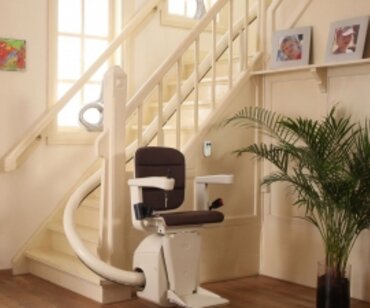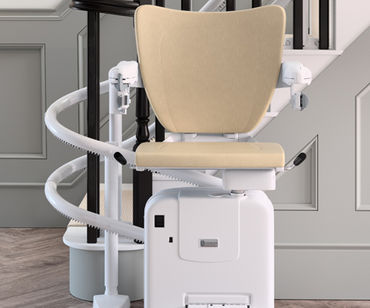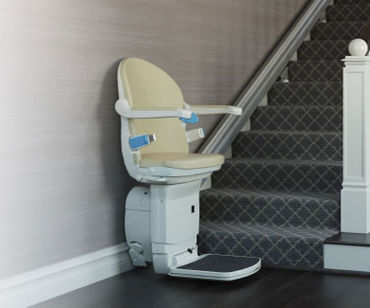Accessible guide to the UK's museums
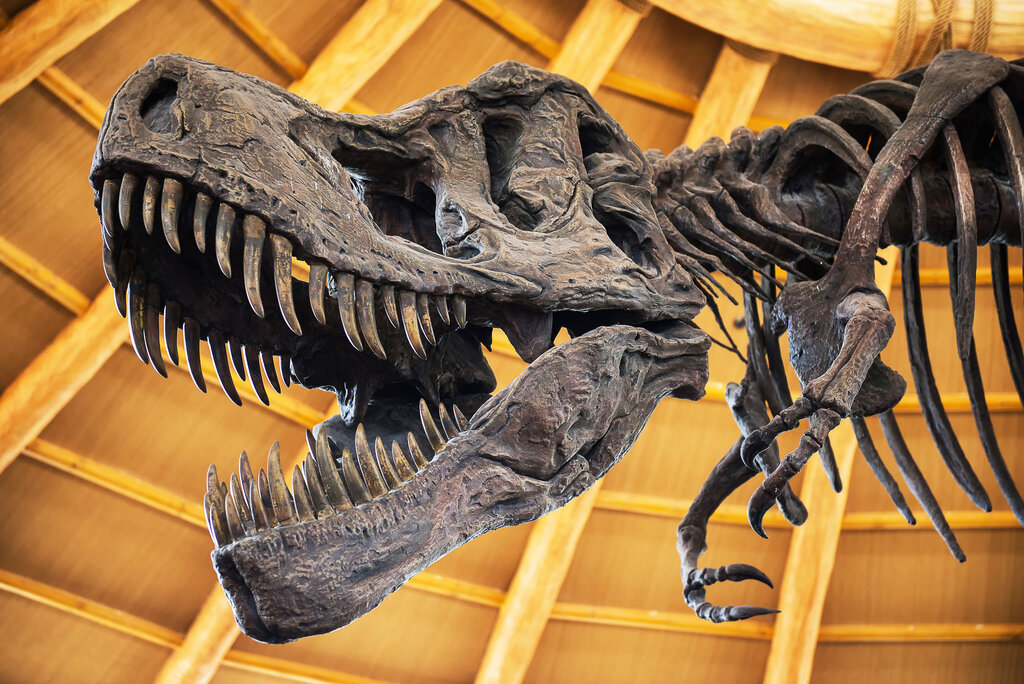
The UK is home to some of the best museums in the world that archive treasures from across the globe and galleries that boast old and new masterpieces. These museums attract people of all ages through their doors as visitors can not only see awe-inspiring collections but can also enjoy fun and interactive exhibitions.
Many of these museums have been around for hundreds of years and are located in older buildings and here at Companion Stairlifts we have taken a tour around the 10 most popular museums in the UK and have informed you about how accessible they are.
So, if you or a loved one suffers from a mobility problem that means you need to use stairlifts or another mobility aid, you should read on to find out about the accessibility of the UK’s most-visited museums.
How accessible are the UK’s museums?
- Natural History Museum (South Kensington)
- British Museum
- Tate Modern
- Royal Museums Greenwich
- Horniman Museum and Gardens
- Science Museum
- V&A (South Kensington)
- The National Gallery
- National Museum of Scotland
- Beamish, The Living Museum of the North
Natural History Museum (South Kensington)
Accessibility score: 6/6
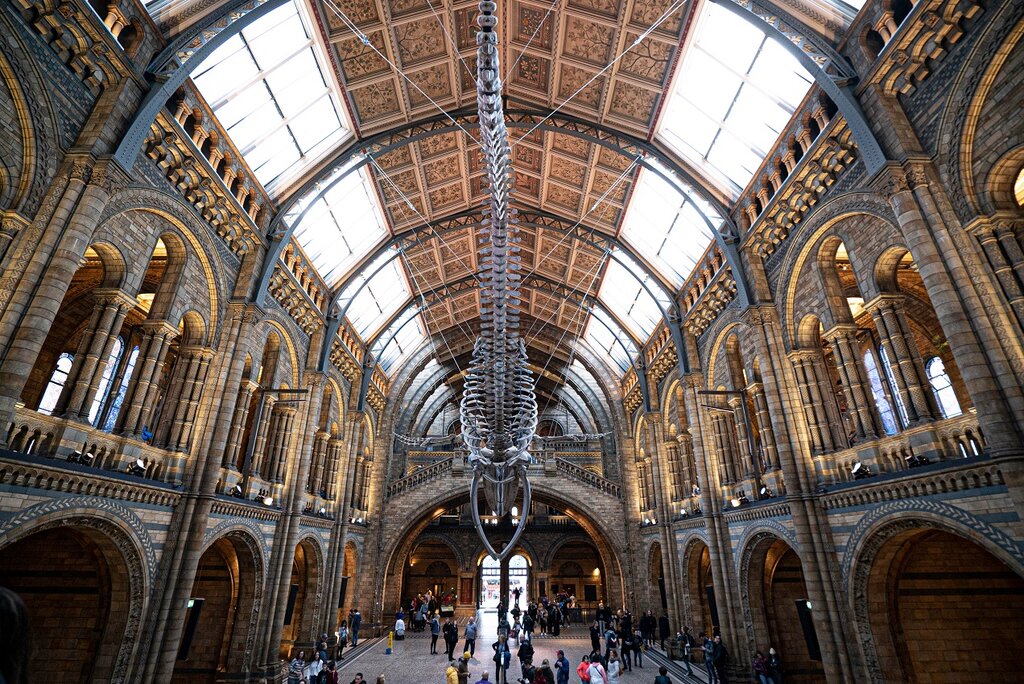
Accessibility at the Natural History Museum
- Accessible entrances: Yes
- Lifts available for visitors with mobility issues: Yes
- Accessible toilets: Yes
- Assistance dogs welcome: Yes
- Accessible parking available: Yes
- Wheelchairs or mobility scooters available to hire: Yes
With more than 1.5 million visitors, the Natural History Museum in South Kensington is the most visited museum in the UK. The free-to-visit museum delves into the history of planet Earth and is home to a collection of over 80 million specimens that date back a staggering 4.5 billion years.
Some of the museum’s highlights are Hope, the enormous skeleton of a blue whale, dinosaur fossils and meteorites that have come from outer space. The museum offers you the perfect family day out and it regularly puts on special events and activities that range from a dinosaur-themed sleepover and other family activities.
The Natural History Museum is one attraction that Vyki Sparkes, who is the founder of the Museum Mum blog, highly recommends families to visit. She said: “The Natural History Museum in South Kensington is one of London’s most loved museums. Kids adore its fearsome T-rex, shuddering earthquake simulator, glittering gems, fossilised giants and preserved animals. There’s bound to be something to capture their imagination among its 70 million specimens, covering 4.5 million years of history.
“But, without planning, a visit to the Natural History Museum can be exhausting. Covering the equivalent of eight football pitches, it has an eye-watering 28 galleries, spread over five floors. And, in normal times, there are another 5 million people a year equally eager to take it all in.”
If you suffer from a mobility impairment and are planning a visit, then you’ll be pleased to hear that the Natural History Museum received a perfect accessibility score in our study as it offers all the facilities that were looked at including, wheelchairs or mobility scooters being available to hire and offering accessible toilets. There are, however, limited spaces for accessible parking at the museum. Read more details about their accessibility here.
READ MORE: How to explore the world's best museums from home
British Museum
Accessibility score: 6/6
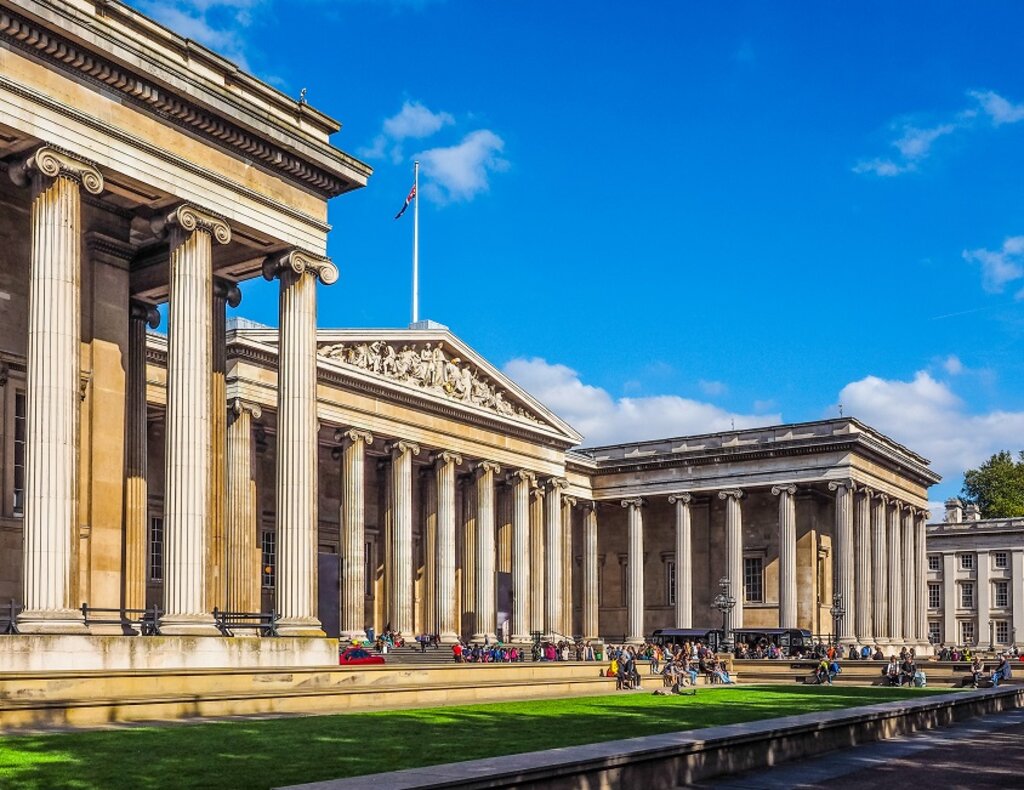
Accessibility at the British Museum
- Accessible entrances: Yes
- Lifts available for visitors with mobility issues: Yes
- Accessible toilets: Yes
- Assistance dogs welcome: Yes
- Accessible parking available: Yes
- Wheelchairs or mobility scooters available to hire: Yes
Founded in 1753, the British Museum was the second most visited museum in 2021 as it attracted more than 1.3 million visitors. If you have never visited the museum before, you can expect to discover two million years of human history and culture.
The incredible collection at the British Museum includes world-famous objects such as the Rosetta Stone, the Parthenon sculptures, and Egyptian mummies. During a visit, you will travel from Ancient Greece and Egypt to Africa and China, or from Roman Britain to Medieval Europe in more than 60 free galleries centred around the eye-catching Great Court.
In terms of accessibility, the British Museum offers all six facilities that the study looked at, including offering accessible entrances to visitors in a wheelchair or with mobility issues and accessible toilets. Read more details about their accessibility here.
Tate Modern
Accessibility score: 6/6
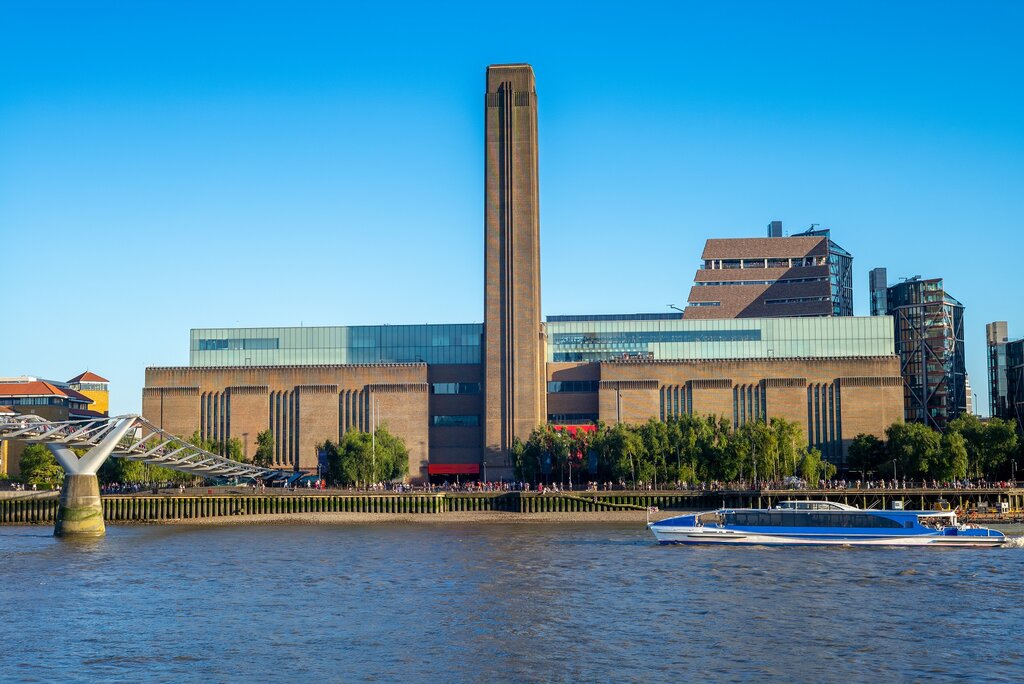
Accessibility at Tate Modern
- Accessible entrances: Yes
- Lifts available for visitors with mobility issues: Yes
- Accessible toilets: Yes
- Assistance dogs welcome: Yes
- Accessible parking available: Yes
- Wheelchairs or mobility scooters available to hire: Yes
The Tate Modern is Britain’s national museum of modern and contemporary art and in 2021 it was visited by just over 1.1 million visitors.
The museum is unique in the fact it is located in the former Bankside Power Station on the banks of the Thames. The free-to-visit museum has work displayed by the world’s most famous artists such as Picasso, Warhol, Bonnard, Cézanne, Matisse, DalÍ, Rothko, Bourgeois and Pollock.
Candace, who runs the London and travel blog Candace Abroad, has talked about how despite not being an art lover, she enjoyed her visit to Tate Modern: “Now, I must admit. I’m not the biggest art buff. But I always appreciate a bit of modern art and the installations at the Tate never cease to impress. The installations go way past the fluff and some of the pieces I saw during my visit were jaw-dropping (i.e Kara Walker’s Fons Americanus).”
The Tate Modern in London is very accessible to visitors who suffer from mobility problems as they offer all six of the facilities the research looked at. Read more details about their accessibility here.
Royal Museums Greenwich
Accessibility score: 6/6
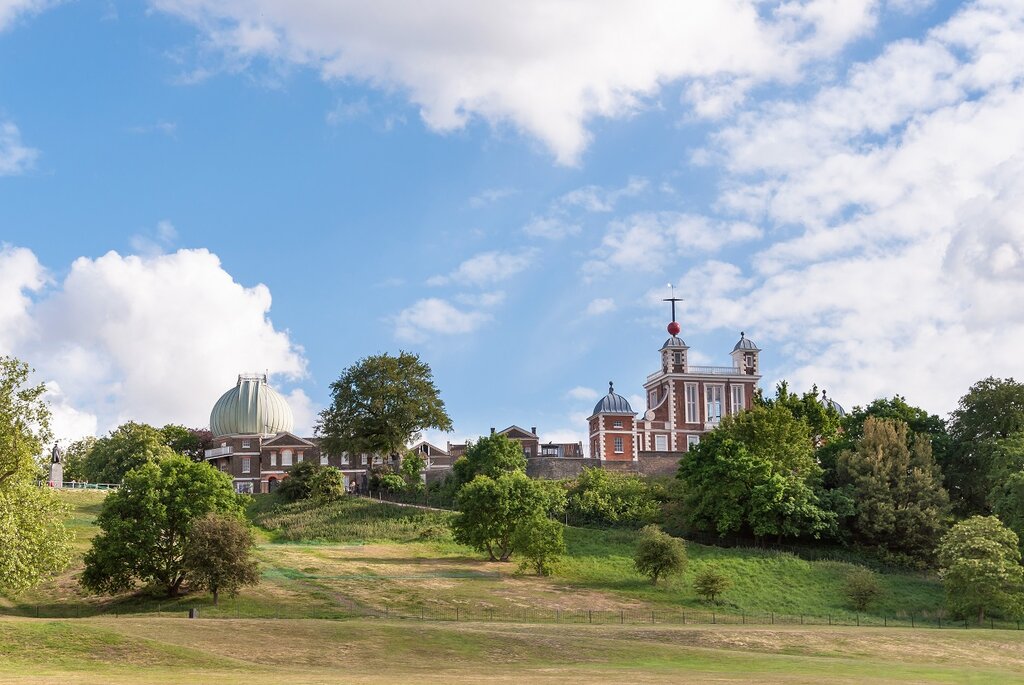
Accessibility at Royal Museums Greenwich
- Accessible entrances: Yes
- Lifts available for visitors with mobility issues: Yes
- Accessible toilets: Yes
- Assistance dogs welcome: Yes
- Accessible parking available: Yes
- Wheelchairs or mobility scooters available to hire: Yes
The museums that make up the Royal Museums Greenwich are the National Maritime Museum, Queen’s House, The Cutty Sark and the Royal Observatory and if you are visiting these museums, you can discover amazing stories of the sea, space, history and creativity.
They are hugely popular museums in the UK and last year they welcomed more than 680,000 visitors combined. Below is a guide to each element of the Royal Museums Greenwich:
- National Maritime Museum – it contains the world's largest maritime library and archive collection.
- Queen’s House – the Queen’s House in Greenwich is home to an internationally renowned art collection.
- The Cutty Sark - this historic sailing ship was the fastest ship in the world, but it has been transformed into an award-winning visitor attraction in Greenwich.
- The Royal Observatory – the home of Greenwich Mean Time. Here you can see the historic Prime Meridian Line, explore the Great Equatorial Telescope and enjoy the Peter Harrison Planetarium.
The Royal Museums of Greenwich received a perfect accessibility score as it offers all of the accessibility factors the study looked at. Read more details about their accessibility here.
READ MORE: What are the UK’s top accessible attractions to visit this winter
Horniman Museum and Gardens
Accessibility score: 6/6
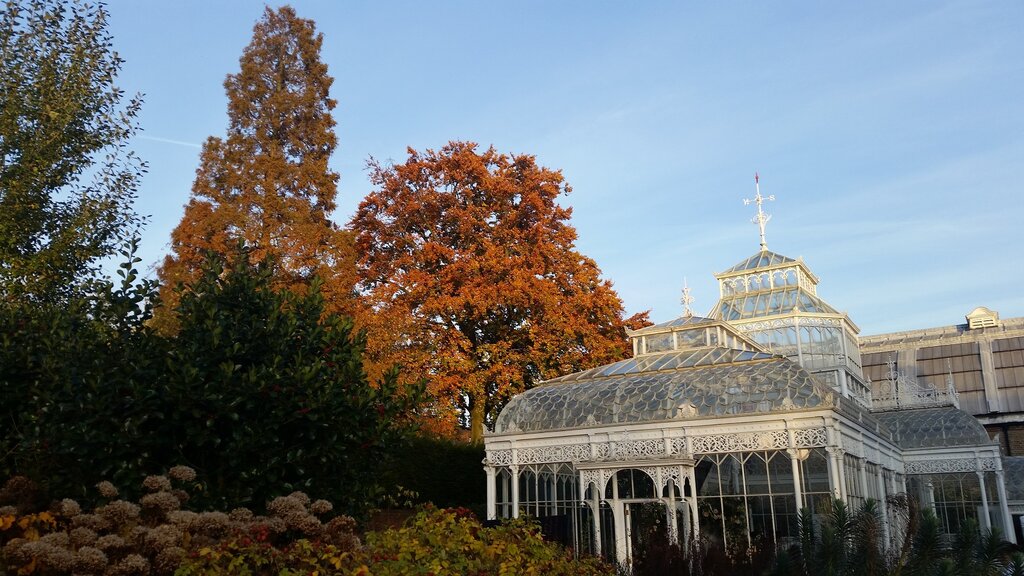
Accessibility at Horniman Museum and Gardens
- Accessible entrances: Yes
- Lifts available for visitors with mobility issues: Yes
- Accessible toilets: Yes
- Assistance dogs welcome: Yes
- Accessible parking available: Yes
- Wheelchairs or mobility scooters available to hire: Yes
The Horniman Museum and Gardens is a free museum to visit and it hosts a variety of collections that relate to natural history, musical instruments and anthropology.
It is a family-friendly attraction and is one of the most-visited museums in the UK as last year it attracted more than 653,000 people who not only enjoyed the exhibitions on display but enjoyed concerts, festivals, shows and workshops that were held here.
Some of the unique things that you can see and enjoy here are a new aquarium, beautiful gardens, interactive exhibitions and you can relax and eat at a popular café.
The Horniman Museum and Gardens offers all the accessible facilities including accessible entrances, accessible parking and it welcomes assistance dogs. Read more details about their accessibility here.
READ MORE: Unique things to see and do for older people
Science Museum
Accessibility score: 5/6
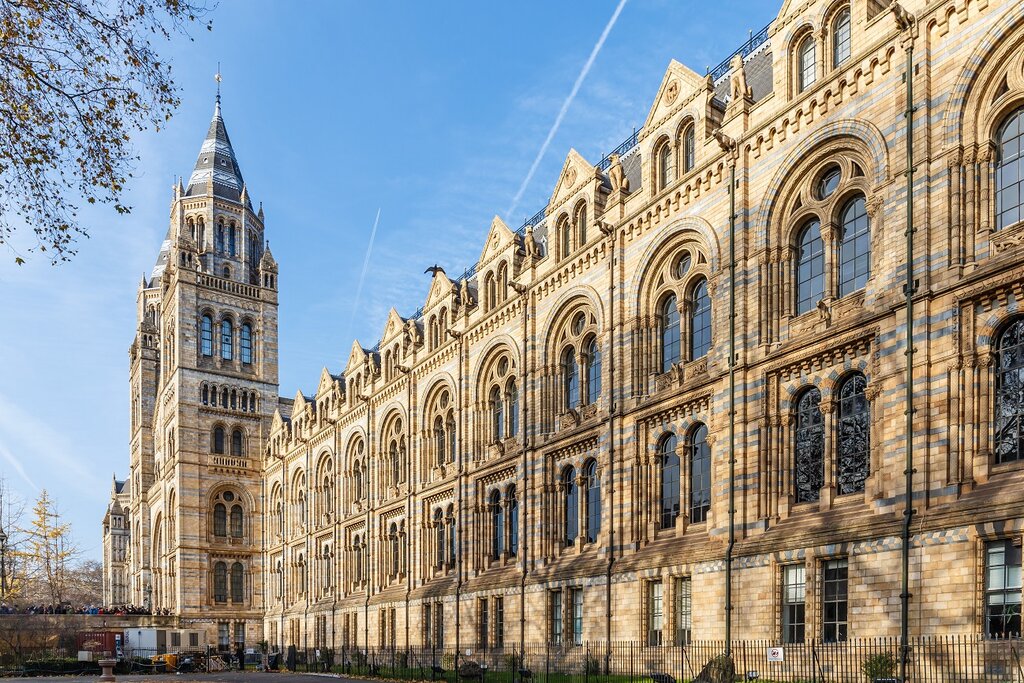
Accessibility at the Science Museum
- Accessible entrances: Yes
- Lifts available for visitors with mobility issues: Yes
- Accessible toilets: Yes
- Assistance dogs welcome: Yes
- Accessible parking available: No
- Wheelchairs or mobility scooters available to hire: Yes
The Science Museum is another attraction located in London and as it offers free entry to visitors, it isn’t a huge surprise that in 2021 it attracted just under 1 million visitors (955,873). The museum is the most visited science and technology museum in Europe and with over 300,000 objects on display, there are plenty of things you can see.
Some of the fascinating objects you can see in the collections at the museum include the space suit Helen Sharman wore on her eight-day mission into space that made her the first Briton in space, a Supermarine S6B racing seaplane, a complete slice of a genuine Boeing 747 jumbo jet and an exhibition dedicated to the ancient Greeks that looks at how this ancient civilization questioned, contemplated, and debated the natural world.
You can also enjoy interactive galleries that bring science to life as you can see lightning strike before your eyes and travel through space under a canopy of stars.
Whilst the Science Museum is highly accessible to visitors who are wheelchair users or need to use a mobility aid as it offers facilities such as accessible toilets and has lifts to all floors of the museum, it is not perfect as it does not offer accessible parking. Read more details about their accessibility here.
V&A Museum (South Kensington)
Accessibility score: 5/6
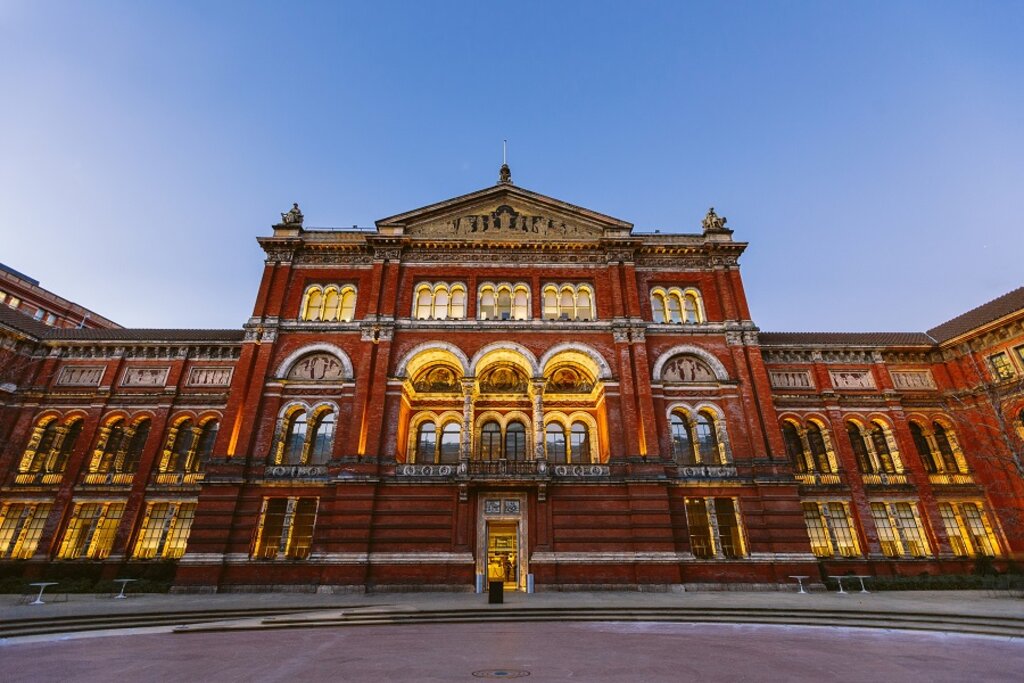
Accessibility at the V&A Museum
- Accessible entrances: Yes
- Lifts available for visitors with mobility issues: Yes
- Accessible toilets: Yes
- Assistance dogs welcome: Yes
- Accessible parking available: No
- Wheelchairs or mobility scooters available to hire: Yes
Regarded as the world's leading museum of art, design and performance, the Victoria and Albert Museum (V&A Museum) in South Kensington received over 850,000 visitors in 2021.
There is a treasure trove of objects that visitors can explore - more than 2.3 million objects to be precise. The exhibitions display examples of architecture, painting, fashion, textiles, jewellery, sculpture and lots more. The museum also has a photography centre and the famous Cast Courts, where you’ll find copies of Michelangelo’s David and Trajan’s Column.
Travel bloggers Federico and Kemkem, who are the writers behind Next Bite of Life, said: “Victoria and Albert Museum in the Borough of Kensington and Chelsea area of London is in my book a must-visit. I am kind of surprised at myself that it took this long to check it out! I just had no idea what we were missing. As they say, better late than never because, not only did we enjoy visiting the museum for the first time on this latest London visit, we actually went back again for a second time within the same week. Yeah… it’s that good!”
Visitors who require additional assistance because they suffer from a mobility issue can get help and assistance from staff at the V&A, but the museum also offers five of the six accessibility factors the study looked at. It doesn’t offer onsite accessible parking, although there are nearby car parks with disabled parking for Blue Badge holders. Read more details about their accessibility here.
The National Gallery
Accessibility score: 5/6

Accessibility at The National Gallery
- Accessible entrances: Yes
- Lifts available for visitors with mobility issues: Yes
- Accessible toilets: Yes
- Assistance dogs welcome: Yes
- Accessible parking available: No
- Wheelchairs or mobility scooters available to hire: Yes
With more than 700,000 visitors, the National Gallery remained as one of the most popular museums in the UK in 2021. During a visit here you can explore the story of European art, masterpiece by masterpiece. The collection includes works by Botticelli, Leonardo da Vinci, Rembrandt, Gainsborough, Turner, Renoir and Van Gogh to name just a few.
The art museum is free to visit and there are even free guided tours and audio guides available in multiple languages. Every year there are temporary exhibitions that head to the National Gallery, so if you are planning a visit, it is worth checking to see what is on display.
On the Euan’s Guide website, it talks about the accessibility of the National Gallery: “The National Gallery aims to make access to the paintings enjoyable and welcoming to the widest possible public. There are a range of facilities to help you see the collection, visit exhibitions and come to events.”
Of the six accessibility facilities the study looked at, the National Gallery offered five, with accessible parking not being available at the site, although there are some public parking spaces for wheelchair users close-by. Read more details about their accessibility here.
READ MORE: Art and craft ideas to do with your grandchildren
National Museum of Scotland
Accessibility score: 5/6
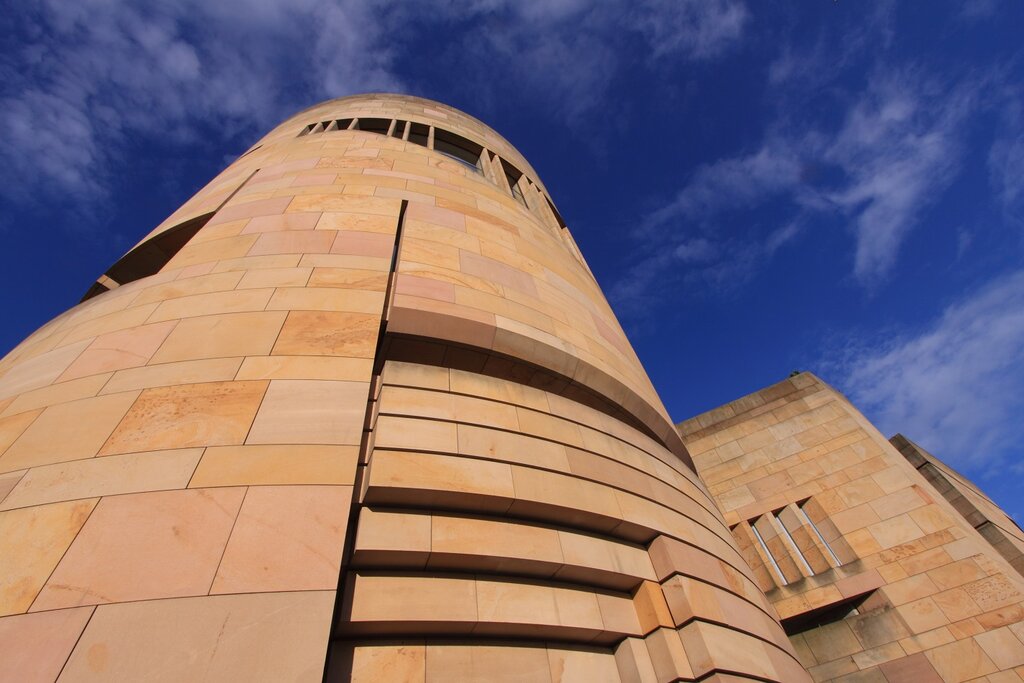
Accessibility at the National Museum of Scotland
- Accessible entrances: Yes
- Lifts available for visitors with mobility issues: Yes
- Accessible toilets: Yes
- Assistance dogs welcome: Yes
- Accessible parking available: No
- Wheelchairs or mobility scooters available to hire: Yes
With over 660,000 visitors, the National Museum of Scotland is the UK's most popular attraction outside of London. Under one roof visitors can discover artefacts across multiple galleries that come from all over the world.
The Edinburgh-based museum is not only home to some fascinating historical items, but if you visit the museum's Roof Terrace you can enjoy some outstanding views of the city.
There are galleries on eight different themes at the museum, and these are:
- Grand Gallery, Discoveries and Window on the World
- Art, Design and Fashion galleries
- Natural World galleries
- Science and Technology galleries
- Scottish History and Archaeology galleries
- World Cultures galleries
- Family Galleries
- Ancient Egypt and East Asia galleries
The National Museum of Scotland is accessible to visitors with mobility issues, and it offers five out of the six accessibility facilities the study looked at. Although the museum doesn’t offer accessible parking, there are four public parking spaces available for disabled visitors in Chambers, but they cannot be booked in advance. Read more details about their accessibility here.
Beamish, The Living Museum of the North
Accessibility score: 5/6
Accessibility at the Beamish Museum
- Accessible entrances: Yes
- Lifts available for visitors with mobility issues: No
- Accessible toilets: Yes
- Assistance dogs welcome: Yes
- Accessible parking available: Yes
- Wheelchairs or mobility scooters available to hire: Yes
Beamish, The Living Museum of the North is a world-famous, open-air museum that tells the story of life in the North East of England during the 1820s, 1900s, 1940s and 1950s.
There is so much to explore at Beamish with a 1900s Town, 1950s Town, 1900s Pit Village, 1940s Farm, a 1900s Colliery and 1950s Farm being just some of the places you can explore. There is a Beamish tramway that re-creates the experience and atmosphere of tramway operation from an earlier generation.
The Beamish museum is an accessible attraction to visit and it offers four of the five accessibility factors we looked at, except for lifts being available to visitors with a mobility issue. Whilst the museum is predominantly accessible, not all of the old houses and buildings are accessible to wheelchair users. Read more details about their accessibility here.
Methodology
To find out how accessible some of the UK’s top museums are, we first collated a list of the most popular museums by looking at the visitor figures for 2021 from the Association of Leading Visitor Attractions (AVLA). Using the data, the research looked at the 10 most-visited museums and analysed key accessibility factors, which have been listed below:
- Accessible entrances
- Lifts available for visitors with mobility issues
- Accessible toilets
- Assistance dogs welcome
- Accessible parking available
- Wheelchairs or mobility scooters available to hire
Click here to see all the data.
The accessibility of the UK’s museums
The research we conducted highlights that the most-visited museums in the UK are very accessible with all of the museums offering at least 5 of the 6 accessibility factors that were looked at as part of the research. In fact, five of the museums received perfect accessibility scores and these were the Tate Modern, the Natural History Museum (South Kensington), the British Museum, the Horniman Museum and Gardens and the Royal Museums Greenwich.
So, if you suffer from a mobility problem meaning you need to use a mobility aid such as a curved stairlift, a wheelchair or another walking aid, then hopefully this guide has given you an idea of which museum you can visit without any worries about its accessibility.
For more tips, guides, and advice, make sure to visit our news page.
This news article is from Companion Stairlifts. Articles that appear on this website are for information purposes only.

